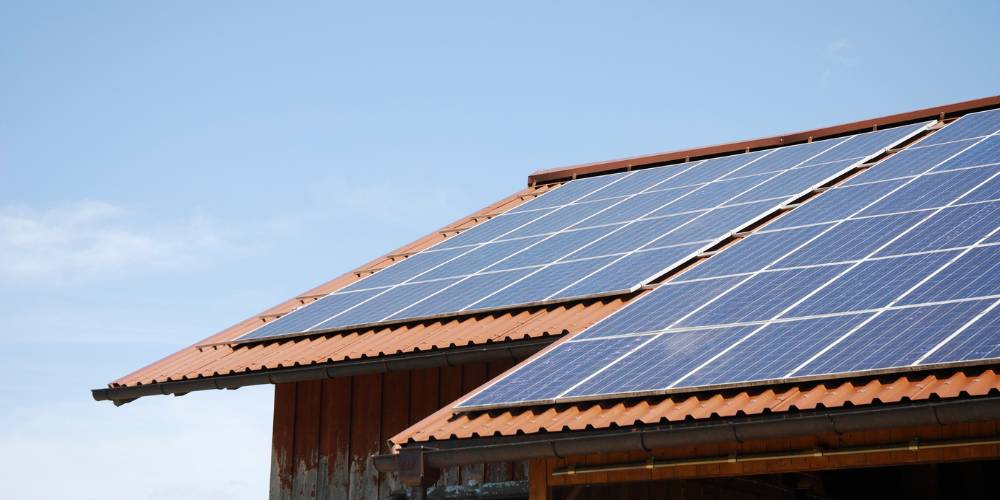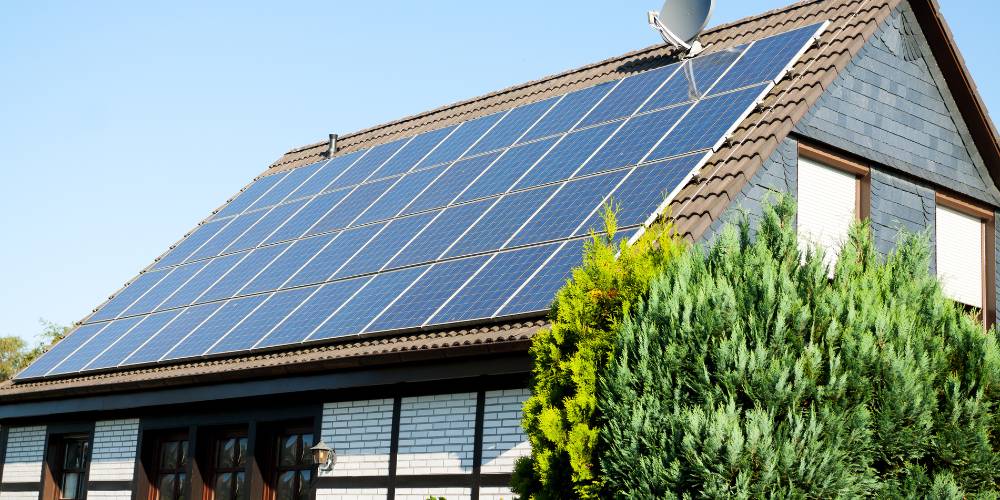The pursuit of cleaner and more efficient energy solutions has driven the integration of solar energy into various sectors. In residential architecture, this union is proving increasingly promising, transforming homes into self-sufficient and sustainable spaces. Installing solar panels on homes is not just a matter of saving on electricity bills, but also a significant step towards a greener and more conscious future.
The conversation between a blog editor and solar energy expert, Kleber, highlights the growing interest in this topic. By suggesting “solar energy” as a subject, Kleber directs the focus to the direct influence of this technology on architecture, especially in the residential context. The editor’s confirmation regarding the use of solar panels in houses demonstrates the public’s familiarity with and the relevance of the issue.
More Than Solar Roofs, A New Design Perspective:
The integration of solar energy in residential architecture goes beyond simply installing photovoltaic panels on existing roofs. Architects and designers are increasingly incorporating solar technology from the project’s inception, seeking to optimize sunlight capture and integrate the panels aesthetically and functionally.
This new design perspective considers the orientation of the house, the roof angle, and the use of materials that complement the installation of the panels. In some cases, the solar panels themselves become architectural elements, shaping facades and coverings with a modern and sustainable look.

Benefits That Go Beyond Savings:
Adopting solar energy in homes brings a range of benefits that impact both the homeowner and the environment:
- Significant reduction in electricity bills: Generating one’s own energy drastically reduces or even eliminates the costs of conventional electricity.
- Increased property value: Homes with installed solar energy systems tend to have a higher market value, being seen as smart and sustainable investments.
- Energy independence: Autonomy in energy generation reduces dependence on traditional distribution networks, protecting against tariff increases and blackouts.
- Contribution to a more sustainable future: Solar energy is a clean and renewable source that does not emit greenhouse gases during its operation, helping to combat climate change.
- Government incentives: In many places, there are incentive programs, such as facilitated credit lines and tax exemptions, that make the installation of solar systems more accessible.
Challenges and the Future of Solar Integration in Architecture:
Despite the numerous benefits, some challenges still need to be overcome for even wider adoption of solar energy in residential architecture. Initial installation costs, the need for adequate space for the panels, and aesthetic integration with different architectural styles are some of the points to consider.
However, solar technology is constantly evolving, with more efficient, compact, and visually appealing panels emerging on the market. The creativity of architects and designers also plays a fundamental role in the search for innovative solutions that harmonize the functionality of solar energy with the beauty and comfort of homes.

The union between solar energy and residential architecture represents a promising path for the construction of more efficient, economical, and environmentally responsible homes. As awareness of the importance of sustainability grows, it is expected that the integration of solar energy will become an increasingly common and essential element in the design of homes worldwide. To learn more about solar energy and architecture, click here.
